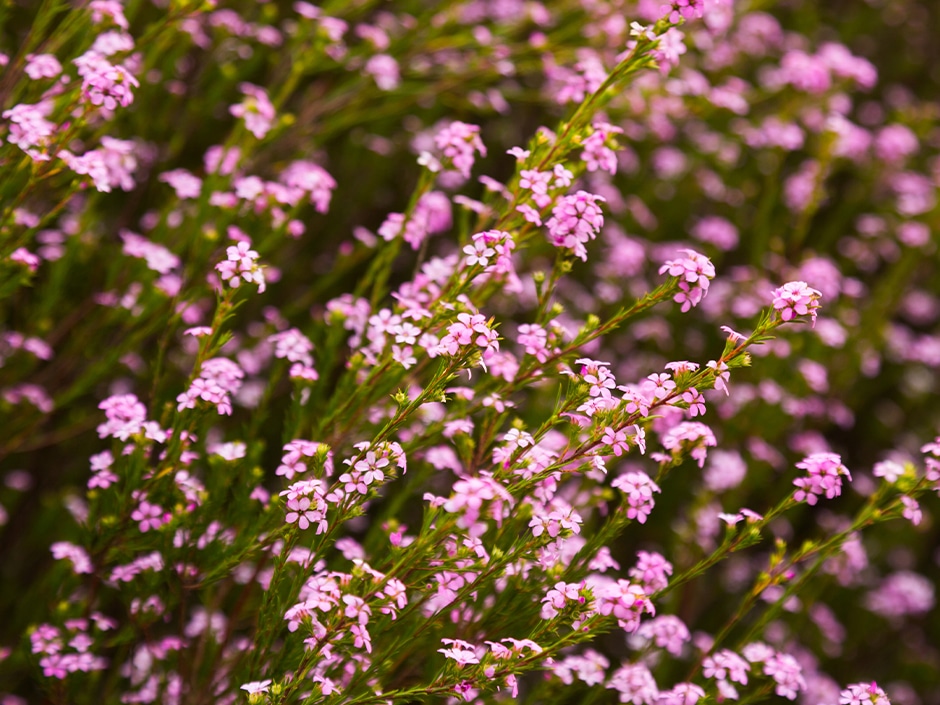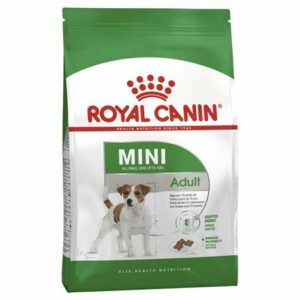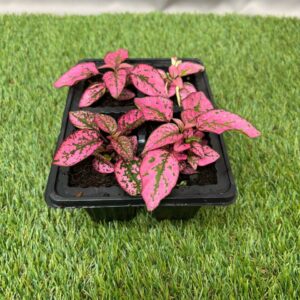Edible indigenous South African plants
Indigenous and fynbos

If there’s one thing about South Africa, it’s deeply loved by mother nature. So it’s no surprise that we have a vast and beautiful array of edible indigenous plant species. Best of all, these native plants thrive in their natural conditions, are water wise and drought-tolerant.
For the gardener whose looking for plants that are both indigenous and useful in the kitchen, look out for these varieties:
Wild rosemary (Eriocephalus africanus)
A shrub that’s popular and easily recognisable to most in the Cape because it’s so common in the veld. Also known for its thin, grey leaves which smell like Vicks when crushed. Wild rosemary leaves can be used as a herb, medicine for many ailments or to add an interesting flavour in your tea.
How to grow:
The wild rosemary grows best under hot temperatures and well drained soil. In the Cape,It’s better to plant it during wet, winter months so that it can establish itself during the hot dry months. The shrub is almost stress free to grow because it can endure difficult conditions and will grow in most gardens throughout the country. Lightly prune regularly to encourage bushy growth.
Snake flower (Bulbine frutescens)
More medicinal than delicious, the leaf of the snake flower produces a jelly-like substance that can be rubbed over burns, blisters and rashes, or added to hot water to be sipped to soothe coughs and colds.
How to grow:
The snake flower makes for a fantastic plant to grow because it can thrive in the toughest conditions. It requires minimum care and needs only well-draining soil enriched with compost and full sun. Prune when untidy and nip off the dead flower heads to encourage the plant to flower.
Kluitjieskraal (Agathosma ovata)
Commonly known as the false buchu, Kluitjieskraal can be used for medicinal purposes or as an essential oil. It can also be brewed with rooibos for a delicious aromatic herbal tea, or used to infuse vinegars and oils for a distinct Cape flavour.
How to grow:
Plant in well-draining, humus-rich soil where it will receive full sun. Water moderately and cut off new growth to encourage a bushy shape.
African wormwood (Artemisia afra)
As well as being a medicinal wonder plant for fevers, colds, flus and headaches, the African wormwood adds a unique herbal flavour to cocktails, iced teas and other herbal drinks. The flavour is strong, so use sparingly.
How to grow:
Plant in well-drained, sandy soil where it receives full sun. Prune in winter to encourage abundant growth in spring.
For more on indigenous plants, read these blogs:
You might also like
Shop online
-
- Sale!
MINI ADULT 2KG
- Original price was: R348.99.R279.19Current price is: R279.19.
- Add to cart Learn More




